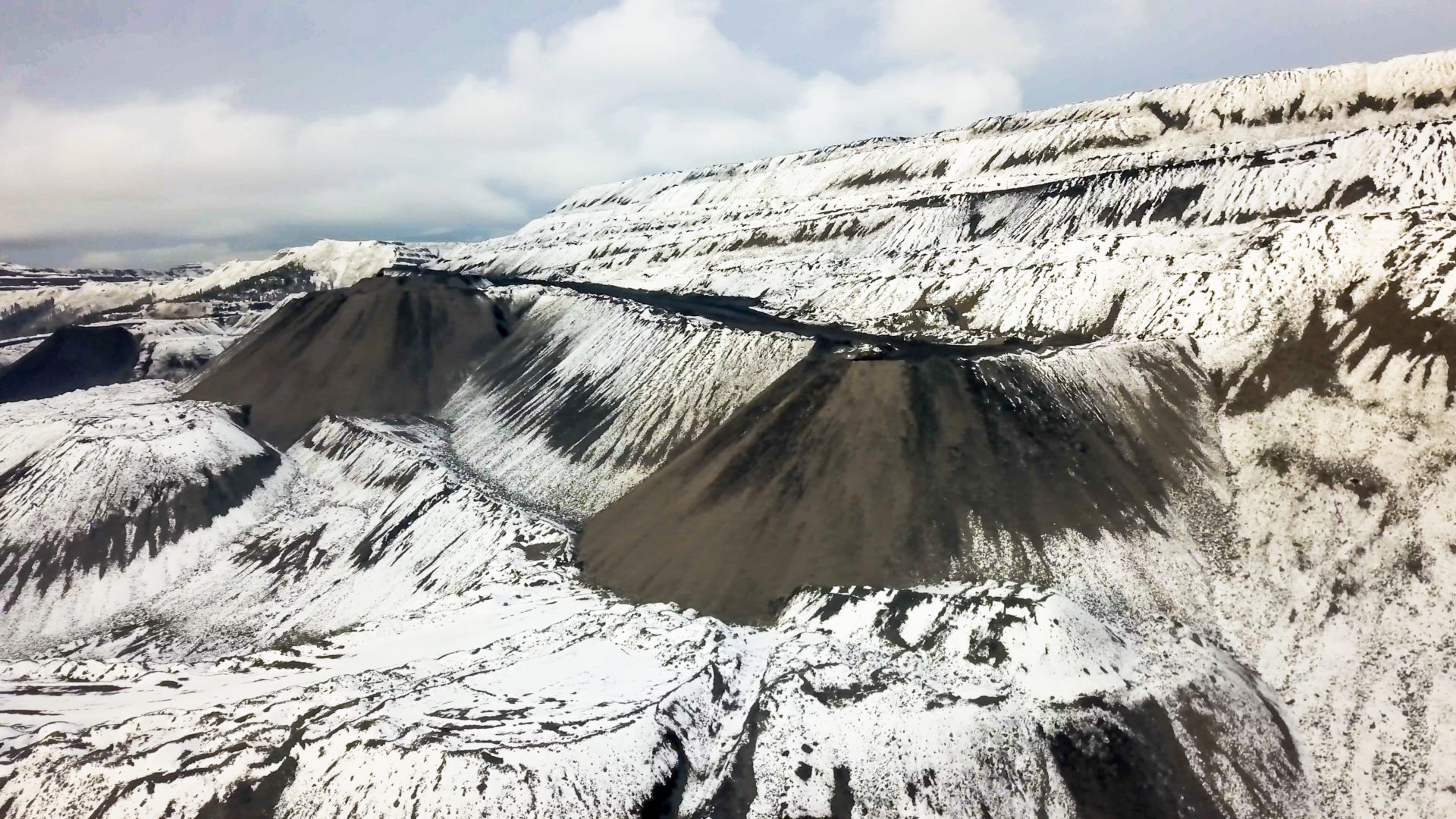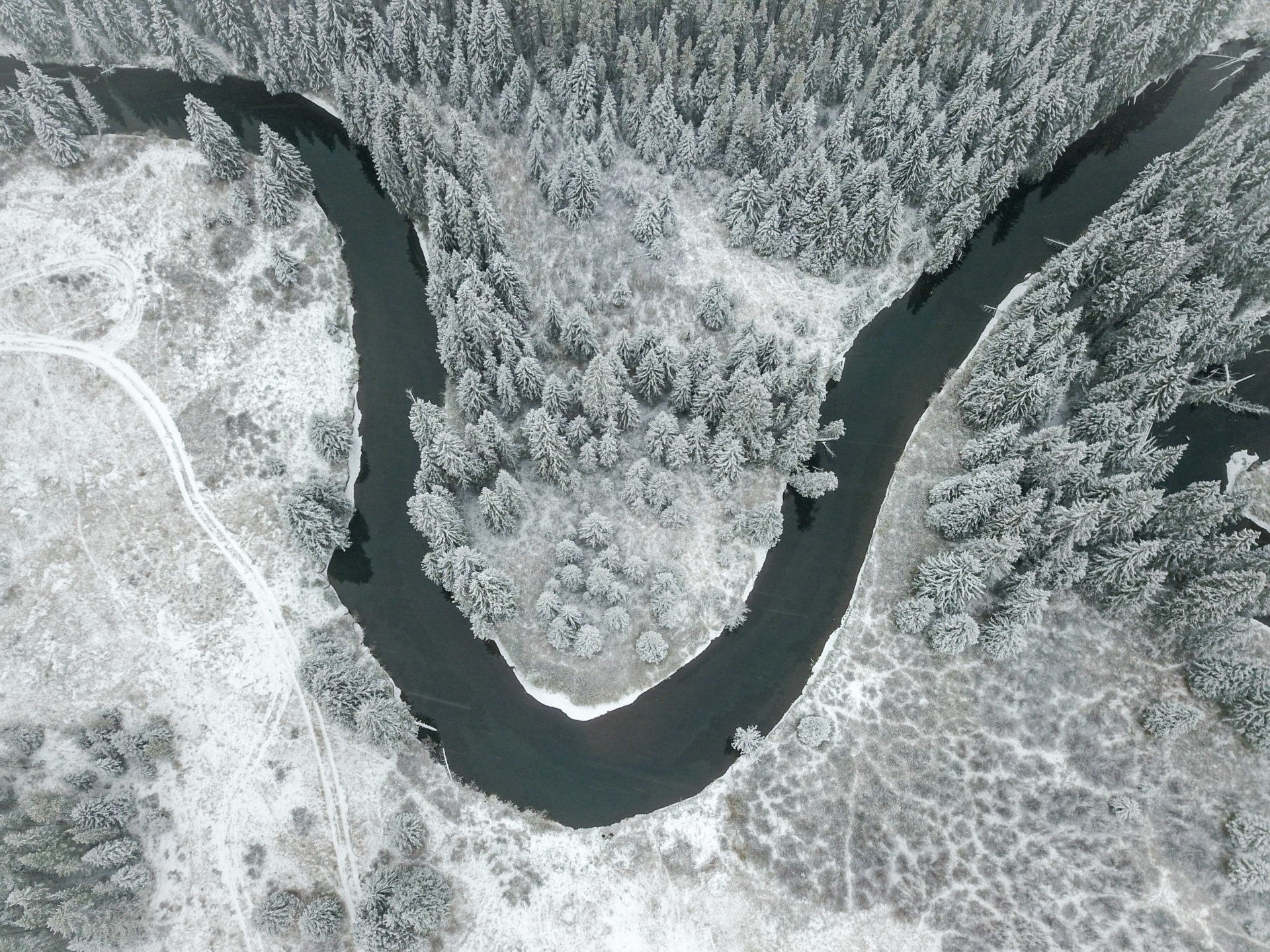
86 per cent of a river gone: First Nation calls on BC Hydro to let more water through
Katzie First Nation wants BC Hydro to let more water into the Fraser region's Alouette...
Four provincial governments strategized on a “co-ordinated approach” to overhaul proposed federal regulations aimed at reducing water pollution from coal mines, according to an internal briefing note from Alberta’s environment ministry.
The federal government has proposed the new regulations to reduce the harm of contaminated wastewater from coal mines on fish and fish habitat, but is behind schedule from previously announced goals and has been unable to even publish a draft version of the new rules.
Three of the four provinces, British Columbia, Alberta and Saskatchewan, are directly affected by the federal proposal since they are the only provinces with active coal mining. While the fourth province, Nova Scotia, has a long history of coal mining, its last active coal mine closed in 2020.
Environment and Climate Change Canada has held multiple rounds of consultation with provincial governments, industry and other stakeholders on the coal mining effluent regulations over the last several years and as of February 2020, final rules were expected to be published this fall.
Instead, additional consultations will be held in the coming months and final regulations are now expected in 2023.
An Alberta Environment and Parks document, recently released by the B.C. government through freedom of information legislation, provides new insight into what has been going on behind the scenes, outlining how deputy ministers from the four provinces planned a private meeting in October 2020 to discuss their concerns about the federal plan and “strategize” about how to “better influence proposed changes” to regulations.
The document, labelled as a draft, also outlined a meeting agenda and listed some of their arguments against the federal proposal, claiming that parts of proposed regulations were “unnecessary” and would have a “significant impact on the industry and the economies” as well as infringe on provincial jurisdiction.
The provinces also argued that the federal approach did not address different situations and risks at various mines.
“There is significant difference between the coal mines and their environmental impacts across the country and this should be reflected in the approach,” the document said.
The meeting agenda also set aside time to discuss their “areas of consensus and opportunities for alignment” as well as their “options for messaging back to the federal government.”
David Khan, a lawyer with environmental law charity Ecojustice, said in an interview that the tactics from the provincial government are giving mines more years to pollute and also opening the door for new projects to start up under weaker rules.
“The delays only benefit industry,” Khan told The Narwhal.
Khan also said that the federal approach to these new regulations has been “watered down” in previous consultations.
There are longstanding calls for federal action to address pollution from coal mining, particularly from environmental groups in B.C. where there are significant concerns about the impact of wastewater from metallurgical coal mines in the east Kootenay region.
The aim of the proposed federal regulations is to reduce the risk of contaminants, such as selenium, from coal mine wastewater to aquatic environments, a spokesperson for Environment and Climate Change Canada said in a statement.
The document is marked as “confidential advice” to Bev Yee, Alberta’s deputy minister of environment and parks.
Under the heading “Alberta,” the briefing note says, “the proposed (coal mining effluent regulations) could have significant negative economic impacts on Alberta and Canadian communities.”
“At minimum, the proposed regulatory changes will have cost implications for the coal sector, yet unknown impacts on water quality and aquatic ecosystem health in Alberta,” it says.
The rest of the briefing note was censored by the B.C. government before it was released to The Narwhal.

In recent years, government officials from B.C., Alberta and the federal government have been lobbied by industry over the proposed coal mining effluent regulations, lobbying registries show.
In B.C, for instance, the Mining Association of BC has met with high level officials, including deputy ministers and assistant deputy ministers in the ministries of Environment and Climate Change Strategy and Energy, Mines and Low Carbon Innovation at least 15 times in the last two years about the new regulations.
In 2020, the Coal Association of Canada also met with B.C. government officials at least seven times seeking, “the support of the Government of B.C., through the Ministries of Energy, Mines and Petroleum Resources and Environment and Climate Change in advocating to the Government of Canada the importance of coal mining to Canada’s economy and the ability, effectiveness and practicality of existing provincial regulatory systems,” lobbying records show.
Meanwhile, federal lobbying records show the Coal Association of Canada also met at least 12 times that year with federal government officials, including once with the ministers of Environment and Climate Change Canada and Natural Resources Canada, about the proposed regulations among other things.
Asked to respond to the provinces’ concerns, Environment and Climate Change Canada said, “the federal Coal Mining Effluent Regulations would reduce the risks of harmful substances released from coal mines to the aquatic environment by setting national effluent quality standards.”
The federal department did not respond directly when asked whether it agrees with the provinces’ concerns that there would be potential economic impacts as a result of new regulations.
Environment and Climate Change Canada is now expecting to publish the first draft of the proposed regulations in late 2022.
At that point, it will also publish a regulatory impact analysis detailing the estimated environmental benefits of the new standards, as well as potential effects on “health, safety, and social and economic well-being,” the statement said.
Khan said the briefing note is evidence of “governments captured by the mining industry attempting to water down the federal government’s attempts to properly regulate the effluent from coal mining, which affects an area of direct federal jurisdiction.”
“This is what B.C. has been doing for quite a while,” he said.
Selenium, an element that can cause deformities and reproductive issues in fish, has been leaching from piles of waste rock into local waterways in B.C.’s Elk Valley region for decades.
While Teck Resources, which operates four metallurgical coal mines in the Elk Valley, has spent almost $1 billion on water treatment to try to address the issue, there are concerns selenium could continue to pollute rivers in both Canada and the U.S. for centuries, particularly with several new coal mines proposed in the area.
In a statement, a spokesperson for B.C.’s Ministry of Environment and Climate Change Strategy said the province “has a robust regulatory framework that governs industry.”
An area based management plan is in place and informs decisions related to environmental assessments and waste discharge permits for the Elk Valley region.
“The province continues to work with the Ktunaxa Nation Council on the process and scope of potential amendments to the area based management plan,” the statement said.
A spokesperson for B.C.’s Energy, Mines and Low Carbon Innovation Ministry, meanwhile, said the province looks “forward to providing feedback to (Environment and Climate Change Canada) once we have a better understanding of what is currently being proposed in the discussion paper and engagement that we understand is targeted for later in the fall.”
Chris Stannell, a spokesperson for Teck, said in a statement that the company “supports the development of regulations that are informed by a science-based approach, protective of aquatic life, and considerate of available treatment technologies.”
He added that the company is “committed to operating in an environmentally and socially responsible manner.”
While it remains to be seen how the federal approach to its proposed regulations has changed in the intervening months, a technical briefing from February 2020 shows Environment and Climate Change Canada was proposing varying selenium standards for existing mines, new mines and existing mines in the Elk Valley.
Under the “general approach” mine wastewater would have to be collected and released into the environment at “final discharge points.” Average monthly selenium concentrations in mine effluent would be limited to 10 parts per billion for existing mines and five parts per billion for new mines.
According to the technical briefing, mines that start operating three years or more after the regulations are brought into force would be considered new mines and subject to the more stringent wastewater standards.
The weakest standards would apply to Teck’s existing mines in the Elk Valley.

As of early 2020, Environment and Climate Change Canada had proposed that for existing mines in the Elk Valley, the initial selenium standards would be based on the highest average selenium levels detected during baseline measurements taken two and three years after the regulations come into force. Those standards would get progressively stronger, but by 16 years after the new rules are established, selenium levels in waterways downstream of the mines could still be up to 40 parts per billion.
And the existing mines in the Elk Valley would continue to measure selenium levels at environmental compliance points downstream of the operations, as they currently do. This means the mine wastewater is diluted by river water before selenium concentrations are measured, unlike the rules for other mines where selenium concentrations would be measured before the wastewater is mixed with the river.
Currently, Teck’s mines are regulated by a provincial permit that sets limits on how much selenium and other contaminants can be released to the environment and is based on concentrations detected at these compliance points downriver. Selenium limits vary by location but are as high as a monthly average of 90 parts per billion at one location in the Fording River.
B.C.’s general water quality guidelines, meanwhile, suggest selenium should be limited to two parts per billion to protect aquatic life from the harmful effects of the element.
Studies conducted by Environment and Climate Change Canada have already found significant impacts on fish downstream of Teck’s mines.
Fish hatched from eggs tested for selenium in June and July 2012 from the Upper Fording River downstream of mining operations for instance, showed “increasing rates and degrees of cranial-facial and spinal deformities and increasing rates and degrees of edema (tissue swelling) that impaired feeding and swimming behaviour,” according to the 2014 interim expert witness report “Environmental Sampling in Areas affected by Coal Mining in the Elk and Fording River Watersheds of South Eastern British Columbia” prepared for the Public Prosecution Service of Canada.
Water concentrations of selenium as high as 30 parts per billion were detected in the Upper Fording River during this period.
When selenium concentrations in eggs exceeded 20 micrograms per gram dry weight there was a “significant” decrease in survival, the study found.

The average concentration in fish eggs detected during the study was 26.7 micrograms per gram dry weight. At that concentration “it is estimated that 180,794 Westlope Cutthroat Trout swim up fry are lost in the Upper Fording River each year due to selenium poisoning,” the report says.
B.C.’s guideline for selenium in egg tissue is 11 micrograms per gram dry weight.
Teck pleaded guilty earlier this year to Fisheries Act violations for releasing selenium and other pollutants from its mines in 2012 and was ordered to pay $60 million in penalties.
In an open letter, Teck CEO Don Lindsay said, “We sincerely apologize and take responsibility for the impacts of these discharges. Everyone at Teck is committed to responsible mining that protects the environment.”
“You have my commitment that we will not waver in our focus on addressing this challenge and working to ensure that the environment is protected for today and for future generations,” he said.
Neither Alberta Environment and Parks nor Nova Scotia Environment responded to The Narwhal’s request for comment on the briefing note or their concerns about the proposed federal regulations.
A spokesperson for Saskatchewan’s Environment Ministry said in a statement to The Narwhal that the proposed federal coal mining effluent regulations “will be financially onerous for coal mining operations in Saskatchewan, without necessarily providing any additional protection to the environment.”
“New requirements for testing, reporting and monitoring would result in a large financial cost and administrative burden” on coal companies “already affected by Environment and Climate Change Canada phasing out traditional coal-fired power generation by 2030,” it said.
In December 2018, the federal government announced plans to phase out coal-fired electricity by 2030, in light of not only the climate change impacts of coal-fired electricity generation, but also the detrimental health impacts of burning coal.
The statement added that the Saskatchewan government wants to see site-specific regulations that account for selenium contributions from other sectors such as agriculture.
“Saskatchewan’s soils and aquatic receiving environments can have high background levels already, making it difficult to assign a limit without considering background values,” the statement said.
While Saskatchewan has a water quality guideline for selenium, it is not listed in the permits for coal mines in the province because the effluent is “discharged over land and may never discharge into fish-bearing waters,” according to a spokesperson for the province’s Environment Ministry.
John Pomeroy, the director of the University of Saskatchewan’s Centre for Hydrology, said in an email to The Narwhal that the province “may be arguing that some of the effluence is in areas that are ‘non-contributing’ to streamflow in normal years.”
But several factors, including wetland drainage, digging of ditches to streams, as well as increased extreme rainfall across the prairies increases the risk that run-off from these areas could flow into streams even in cases where they may not have previously, he explained.
“So, I am not convinced that Saskatchewan is as exceptional as it might have been once,” he said.
Get the inside scoop on The Narwhal’s environment and climate reporting by signing up for our free newsletter. On a warm September evening nearly 15...
Continue reading
Katzie First Nation wants BC Hydro to let more water into the Fraser region's Alouette...

Premier David Eby says new legislation won’t degrade environmental protections or Indigenous Rights. Critics warn...

Between a fresh take on engagement and our new life on video, our team is...
